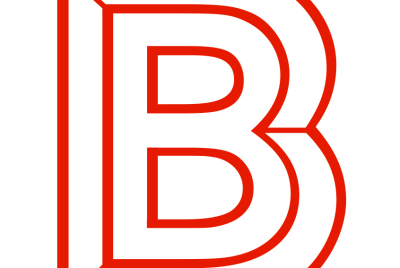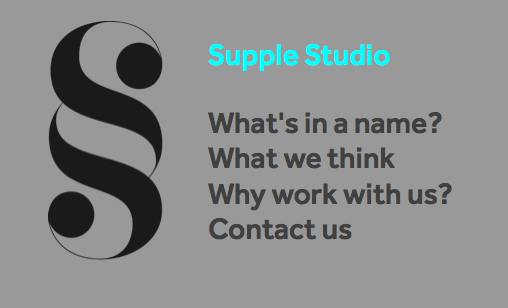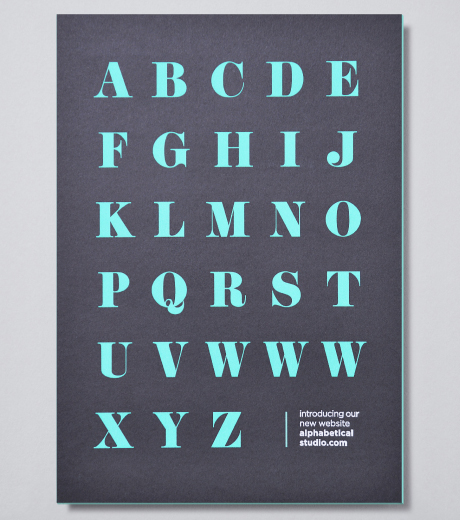How do you name your design business?
Colourful Design Strategy’s Emily Penny looks at the considerations of choosing a consultancy name.

Recently I was asked if my company Colourful was an ‘agency’, which led me to think about how we all choose to present ourselves in different ways. ‘Agency’ is perhaps the most common descriptor for a design business. It’s used by well over half of the Design Week Top 100 which of course are the more sizeable groups. For me it has connotations of big one-stop-shop agencies and lacks a personal dimension.
‘Consultancy’ feels smaller and more focused on dialogue and collaboration with clients. A ‘studio’ sounds more specialised and brings with it associations of technical craft and a workplace, while ‘consulting’ sounds business-focused, and ‘firm’ suggests serious empire-building. The innovators (Seymourpowell, Poke, Pearlfisher) simply use ‘design company,’ choosing to be defined more by their product than their relationship with clients. And we’re also hearing of looser ‘networks’ and ‘collectives’ as people team up in more fluid ways.
In these simple choices of language, a business starts to build an impression of its size, its degree of specialisation, and its personality. Descriptors are likely to reflect the characters involved (is it all about them?) and their approach to things like collaboration, client service and production.
I’m intrigued by how branding and design consultancies apply their own trade to their own businesses and develop brands. It’s a notoriously hard thing to do and few develop for themselves the kind of rich and considered visual identity and tone of voice they might deliver for a client.
There are good reasons why it’s not at the top of the list. As service brands, our reputations are built up and fall down according to the content of our work, and the experience we deliver along the way. It matters hugely how we communicate with and respond to clients, and how we approach and deliver each task. Face-to-face, email and telephone are the main touchpoints, so while nurturing the right culture, behaviour and environment is make-or-break, classic visual branding (logo and graphic language) is perhaps less visible and less critical than it would be for, say, a box of biscuits.
Names are where we can pack a punch with prospects. They’re all the more significant in that they’re spoken as well as written, and designed into a marque. For design consultancies, names can work hard. There are a number of approaches, with some choosing to put their own name above the door, and others developing a concept that runs right through their work.

Baxter & Bailey takes the traditional approach. This kind of partnership could be a legal or accounting practice. But the point is, they are professionals. The founders had run a consultancy previously and had established networks of contacts, so it made sense to promote themselves as the figureheads. Matt (Baxter) says, ‘We’re built on the foundations of a partnership and we plan to keep our studio ambitiously small: our name reflects that.’ That Baxter and partner Dom Bailey share the letter B gave them a pleasing alliteration and scope for a monogram identity.
It’s a similar story with the eponymous Jack Renwick Studio. With an established reputation, Jack, a former creative director at The Partners, knew clients would be buying her. She was anxious that a made-up name might translate into something completely inappropriate in, say, Brazil, so using her own name seemed like the most robust thing to do. But I like that it’s jauntily shortened to Jack in the logo, and the identity is a continuation of her personal style and trademark Breton stripes.

In some cases, consultancies with made-up names might indicate a focus on more inclusive growth with an eye on the exit strategy. But it’s more likely to be a way to start a conversation about their approach. We’ve seen literal names packed full of earnest meaning connected to the creative task in hand – Imagination, Identica and Pearlfisher – though they do tend to feel a bit grandiose today.
As a challenger to the big agency construct, Supple Studio asks on its website ‘What’s in a name?’ and explains that the word ‘supple’ suggests ‘flexible, resilient and nimble’. Supple founder Jamie Ellul co-ordinates a ‘network of trusted creative specialists’ from his base in Bath, and clearly positions this as a virtue for the brand. He also adds that ‘the dot com was available, which is a miracle in itself’.

A name can simply provide a consultancy with a memorable theme, which is no bad thing for a brand. Alphabetical chose a name that gave it a creative theme with lots of scope for playful type-based promotional communications.

Recently we’ve seen a vogue for playful non-names like SomeOne and AllofUs, with endless scope for confusing editorial copy. Designers Anonymous plays with the whole naming question and the self-consciousness that comes with putting yourself out there as a brand as a young practice. With faux modesty, it turned the name into a talking point and a promise about its dedication to clients’ brands, rather than its own. The bold black and white ‘non-brand’ identity, is of course nothing of the sort. It’s a highly considered, conceptual and distinctive play on ‘anonymity’.

As for my company Colourful, my husband Stuart and I stepped away from life at London consultancies to set up something that’s based on a network of senior-level talent. I met design collaborator Phillip Southgate at London consultancy Small Back Room, but now I work from my own small back room in West Sussex, meeting up with Phillip and other designers, writers and clients in London as needed.
Are we an ‘agency’? It’s not something I would choose to define us as. We’re not empire-building. Sometimes we’re individual consultants, sometimes we’re a multi-disciplinary team. And we count design consultancies among our clients.
For me the important thing is that we have a philosophy at the heart of the business – a kind of manifesto. We use ‘Colour’ as a metaphor for all that makes a brand different and appealing, and believe in joining up strategic thinking and crafted design to achieve it. So if we can do that, no matter what we are or how we do it, we’ve delivered our promise.
Emily Penny is co-founder of Colourful Design Strategy.





I chose grow for qatar as it’s one of the fastest growing countries in the world. I also chose grow because we grow brands that grow business.
And finally, for myself and those people who were attracted to work at grow, I wanted to create an environment and culture where individuals feel empowered and enabled to grow in body, mind and spirit – giving birth to a new kind of agency that is more thoughtful, rounded and relevant. I think having a purpose that is enshrined in your values creates more opportunities to do really great work.